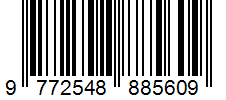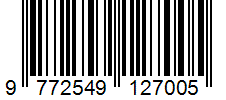TIME OF TODAY
COVER JOURNAL

| SINTA ACCREDITATION |
SK DIKTIRISTEK 1439/E5/DT.05.00/2024
| ARTICLE TEMPLATE |
| SUPERVISED JOURNAL |
| RECOMMENDED TOOLS |
| JOURNAL VISITOR |
| IN COLABORATION WITH |
Journal Collaboration Link
| P-ISSN : 2548-8856 |
| E-ISSN : 2549-127X |
| CONTACT US |














